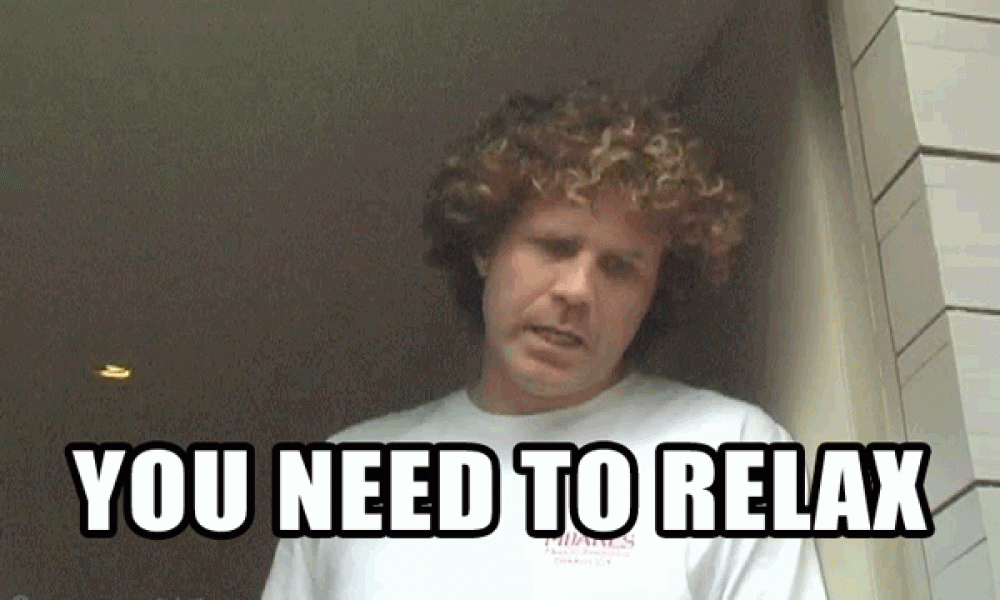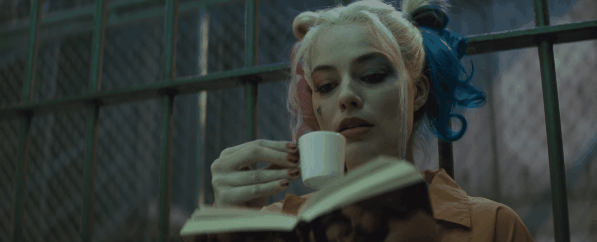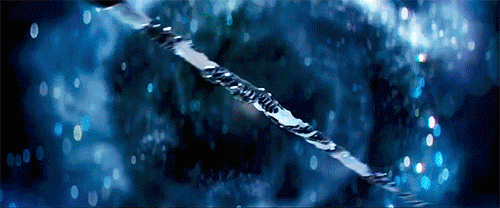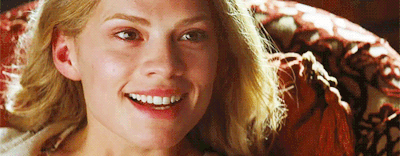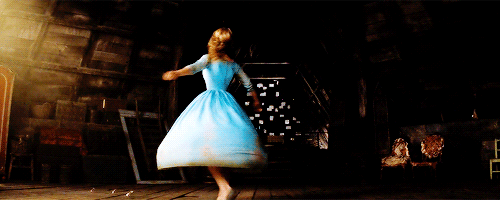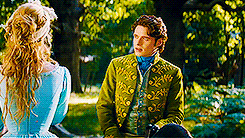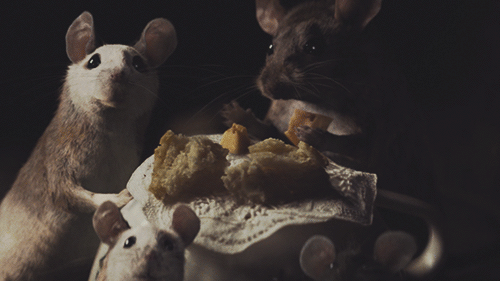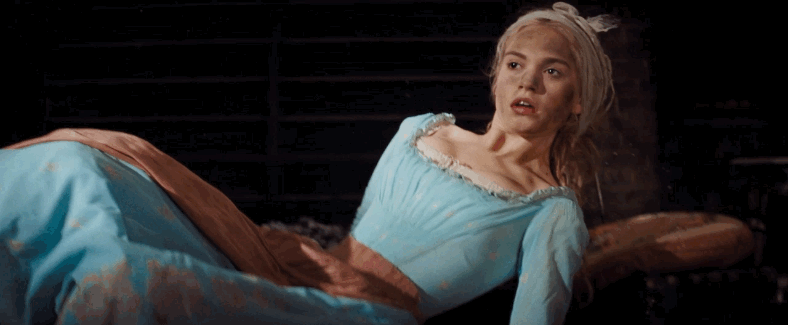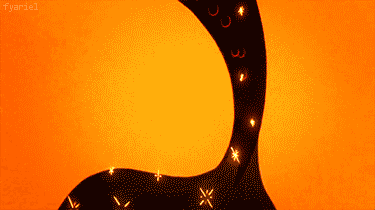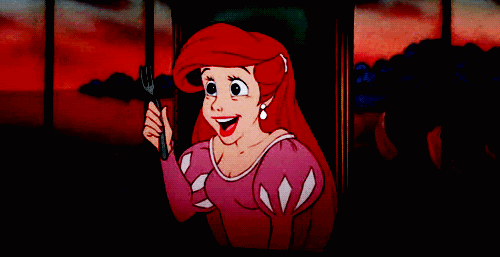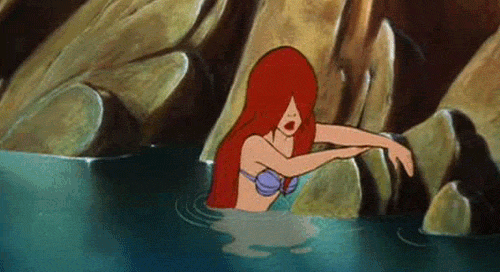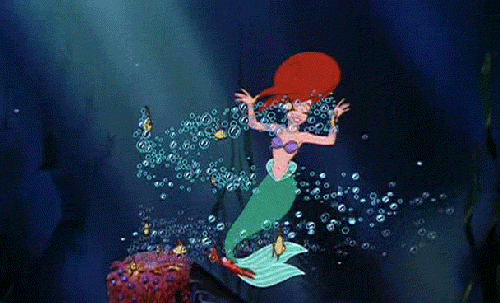Those are two words you won’t be able to get away from this month: Pantsing and Plotting. To Pants is to write by the seat of one’s pants and to Plot is to well, plot it out. There are varying degrees of Pantsing and Plotting, and the way to set yourself up for success is to usually aim for a mixture of the two. You need to foster the Pantser spirit, to fly with your creativity to keep those words flowing. But, you also need to plan – and that’s where the plotting comes in.
If you want to set yourself up for success with NaNo, you need a road map. The twists and turns of NaNoWriMo can be brutal and by having a map you’ll be able to keep your story on track, check in with your progress and help prevent any story muddling.
You don’t have to have all your plot points nailed down, you don’t even have to be set on your ending – but you need to know your narrator, your protagonist and your antagonist, the conflict and some ideas for how it may be resolved.
You can be as vague or as detailed as you want in whatever outlining system you chose, even if it’s only in your head. Whether you go with a one paragraph synopsis of your story and a few character blurbs or you decide to chart it out by chapter – that’s up to you. Today, I’m going to go over some of my favorite outline styles that I’ve used to help keep me on task as I work on a draft!
The basic Synopsis: this can be a great thing to practice because many literary agents would ask for this alongside a Query letter. The synopsis varies in length, but tends to stick to around 500-800 words. It’s pretty self explanatory: the synopsis is just that, a synopsis of your story arc, the action and the resolution. (And again, don’t sweat it if you don’t know your ending – that’s okay! Just have some ideas!)
The Mountain: This is a great picture of what I’m talking about – it’s the same basic plot structure I think we all likely learned in elementary school. This is my go to favorite. I like to leave a lot of room so I can add in plot details as I’m writing and future inspiration hits. It helps me be able to visualize where I’m at in the progress of my story so I also can check in with pacing. I usually make one of these diagrams for every draft I work on. Even if I only start with five points filled out, I usually end up with the front and back covered by the time the draft is done.
Three Acts: You may have noticed that the “mountain” is divided into three sections – beginning, middle, end – or “Acts.” These also help you pace out your story and are a great tool when outlining. 1. Beginning/Set Up – 2. Middle/Conflict – 3. End/Resolution. You can use this outlining system alongside the “mountain” or independently. I find using an act based outline helpful for NaNo, because I can break the number of words through the act. It may look something like: 20k/20k/10k or even 15k/20k/15k. Just like with any other outline method, you can write as little or as much as you want for summarizing each act.
Five Acts: Same concept as with Three Acts, but breaking the story into more parts. With a Five Act Structure, your outline would look more like: 1. Prologue/Set Up – 2. Conflicts Appear – 3. Rising Action/Things get bad – 4. Falling Action – 5. Resolution/Tying up loose ends. The climax of the draft would occur as Act 3 ends and Act 4 begins. I love using this system because it gives me so much structure. If you’re a pantser this probably is too much structure. I really love this system because it’s easy to break down each act into 10k words to also help keep you on track!
I know it can all be overwhelming, but just remember: the right way to prep and outline is the way that is going to work best for you! Think about what works best and what you need to hit the ground running – November will be here before we know it! 😉






